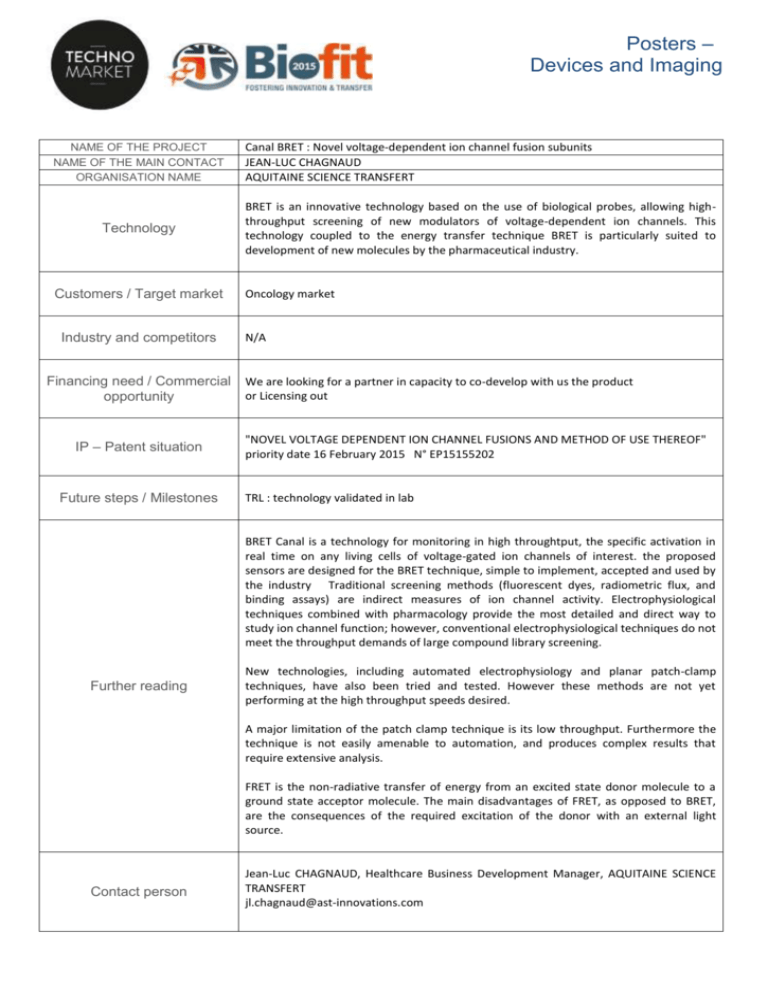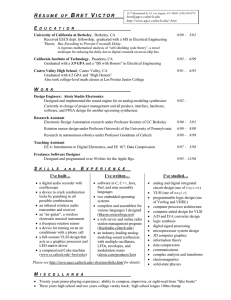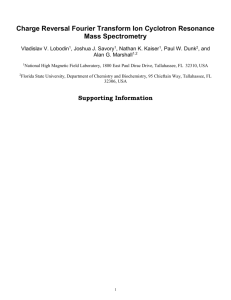- BioFIT 2015
advertisement

Posters – Devices and Imaging NAME OF THE PROJECT NAME OF THE MAIN CONTACT ORGANISATION NAME Technology Customers / Target market Industry and competitors Financing need / Commercial opportunity IP – Patent situation Future steps / Milestones Canal BRET : Novel voltage-dependent ion channel fusion subunits JEAN-LUC CHAGNAUD AQUITAINE SCIENCE TRANSFERT BRET is an innovative technology based on the use of biological probes, allowing highthroughput screening of new modulators of voltage-dependent ion channels. This technology coupled to the energy transfer technique BRET is particularly suited to development of new molecules by the pharmaceutical industry. Oncology market N/A We are looking for a partner in capacity to co-develop with us the product or Licensing out "NOVEL VOLTAGE DEPENDENT ION CHANNEL FUSIONS AND METHOD OF USE THEREOF" priority date 16 February 2015 N° EP15155202 TRL : technology validated in lab BRET Canal is a technology for monitoring in high throughtput, the specific activation in real time on any living cells of voltage-gated ion channels of interest. the proposed sensors are designed for the BRET technique, simple to implement, accepted and used by the industry Traditional screening methods (fluorescent dyes, radiometric flux, and binding assays) are indirect measures of ion channel activity. Electrophysiological techniques combined with pharmacology provide the most detailed and direct way to study ion channel function; however, conventional electrophysiological techniques do not meet the throughput demands of large compound library screening. Further reading New technologies, including automated electrophysiology and planar patch-clamp techniques, have also been tried and tested. However these methods are not yet performing at the high throughput speeds desired. A major limitation of the patch clamp technique is its low throughput. Furthermore the technique is not easily amenable to automation, and produces complex results that require extensive analysis. FRET is the non-radiative transfer of energy from an excited state donor molecule to a ground state acceptor molecule. The main disadvantages of FRET, as opposed to BRET, are the consequences of the required excitation of the donor with an external light source. Contact person Jean-Luc CHAGNAUD, Healthcare Business Development Manager, AQUITAINE SCIENCE TRANSFERT jl.chagnaud@ast-innovations.com
![^*Download Book Bret Harte s Gold Rush Outcasts Of Poker Flat The Luck Of Roaring Camp Tenness [PDF]#](http://s2.studylib.net/store/data/025748304_1-6da2f714742040f3b6774a60faf65929-300x300.png)










